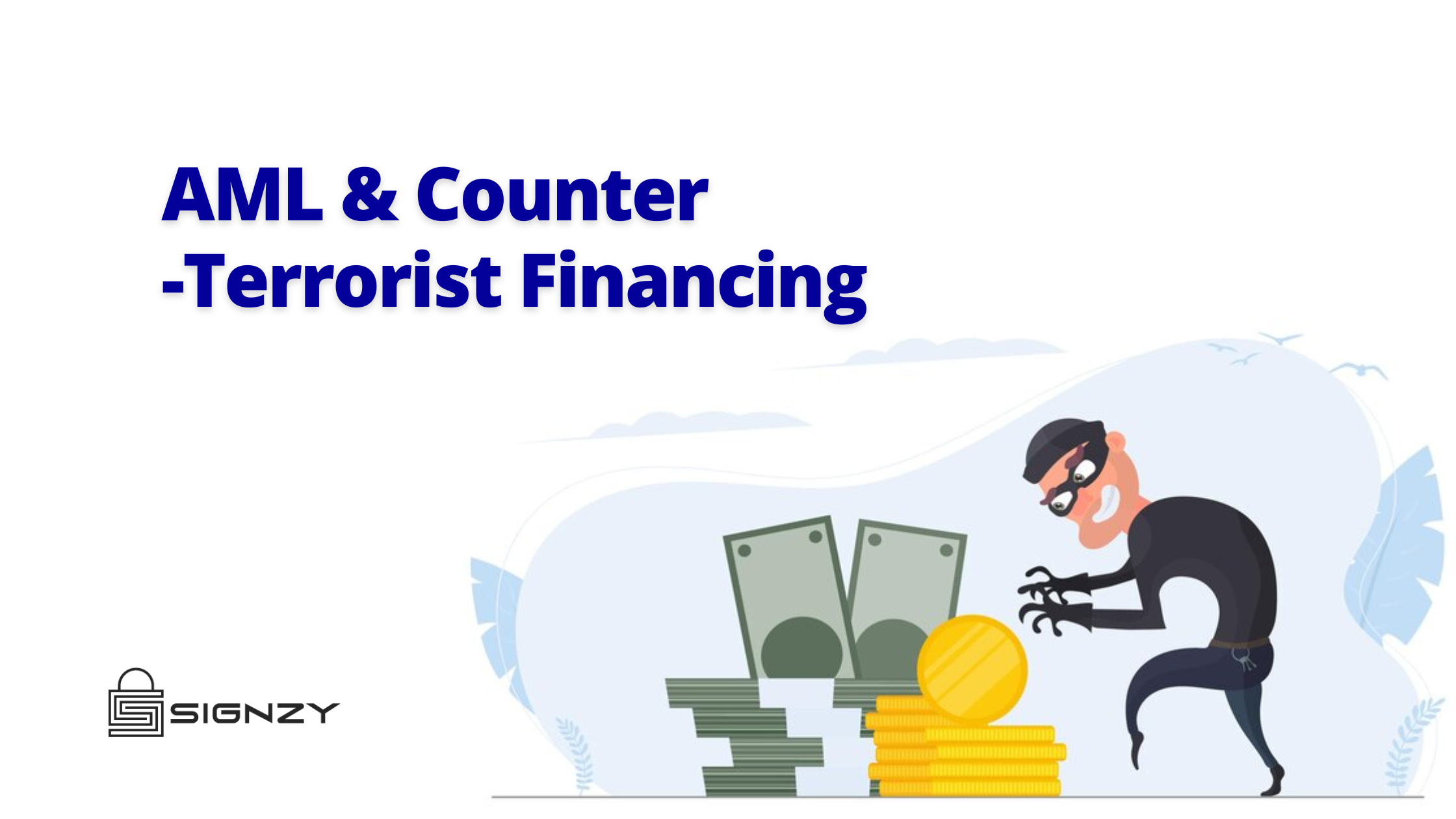AML and Counter-Terrorist Financing
The financial system, a vital artery of the global economy, faces a critical vulnerability – the infiltration of illicit funds. Money laundering, the process of disguising the origins of criminally acquired proceeds, and its sinister cousin, terrorist financing, pose serious threats to national security, financial stability, and public trust. To stand guard against these shadows, a robust framework of Anti-Money Laundering (AML) and Counter-Terrorist Financing (CFT) controls has been erected by regulators and embraced by responsible financial institutions, including banks.
Understanding the Threat Landscape
Money laundering involves disguising the origin and ownership of illegally obtained funds. Criminals employ sophisticated techniques like structuring, layering, and placement to integrate dirty money into the legitimate financial system. These funds then fuel criminal enterprises, ranging from drug trafficking to human trafficking, eroding public trust and undermining the rule of law.
Terrorist financing, on the other hand, involves raising and moving funds to support terrorist activities. This can include financing operational logistics, propaganda, recruitment, and even attacks. Terrorist groups exploit legitimate financial channels, such as charities or money service businesses, making detection and disruption crucial to preventing violence and instability.
The Framework of Defense: International Standards and Regulatory Landscape
Combatting these threats requires a multi-pronged approach, with the Financial Action Task Force (FATF) playing a central role. The FATF sets global AML/CFT standards through its 40 Recommendations, encompassing customer due diligence, suspicious activity reporting, and international cooperation. These recommendations are then translated into national laws and regulations by individual countries.
Implementing these international standards takes shape for banks through comprehensive AML/CFT programs. These programs encompass a range of controls, including:
Customer Due Diligence (CDD): This involves verifying the identity and legitimacy of customers, understanding their business activities and expected transaction patterns, and monitoring their accounts for suspicious activity. Enhanced CDD may be required for high-risk customers, such as those from politically exposed countries or with opaque business models.
Know Your Customer (KYC): KYC is a core component of CDD, focusing on understanding the customer’s identity, purpose, and risk profile. This helps banks identify and mitigate potential risks associated with money laundering or terrorist financing.
Suspicious Activity Reporting (SAR): Banks are obligated to report transactions that appear suspicious or inconsistent with a customer’s profile. This allows law enforcement to investigate and potentially identify illicit activity.
Transaction Monitoring: Banks employ sophisticated technology and analytical tools to monitor customer transactions for patterns indicative of money laundering or terrorist financing. These tools can flag suspicious activity for further investigation by compliance personnel.
Sanctions Compliance: Banks must comply with sanctions imposed by international organizations and national governments against individuals and entities involved in terrorism, drug trafficking, and other illegal activities.
Challenges and Continuous Improvement
Effectively implementing these controls is an ongoing challenge for banks. The evolving nature of criminal and terrorist tactics requires constant adaptation and innovation. Technology can be a powerful tool, but it also presents opportunities for exploitation by criminals. Additionally, international cooperation and information sharing are crucial for effectively tracking and disrupting illicit financial flows.
Despite the challenges, banks play a crucial role in safeguarding the integrity of the financial system and protecting society from the harmful effects of money laundering and terrorist financing. By continuously strengthening their AML/CFT frameworks, banks can contribute to a safer and more secure world.
Conclusion
The battle against financial crime demands constant vigilance and adaptability. While traditional AML/CFT frameworks provide a solid foundation, the ever-evolving criminal scape needs something more effective. This is where Signzy’s Data Breach API emerges as a game-changer. The API offers a powerful tool to help banks enhance their AML and CTF efforts. By leveraging this API, banks can access real-time data breach information. This enables them to identify potential vulnerabilities and strengthen their security measures.
About Signzy
Signzy is a market-leading platform redefining the speed, accuracy, and experience of how financial institutions are onboarding customers and businesses – using the digital medium. The company’s award-winning no-code GO platform delivers seamless, end-to-end, and multi-channel onboarding journeys while offering customizable workflows. In addition, it gives these players access to an aggregated marketplace of 240+ bespoke APIs, easily added to any workflow with simple widgets.
Signzy is enabling ten million+ end customer and business onboarding every month at a success rate of 99% while reducing the speed to market from 6 months to 3-4 weeks. It works with over 240+ FIs globally, including the 4 largest banks in India, a Top 3 acquiring Bank in the US, and has a robust global partnership with Mastercard and Microsoft. The company’s product team is based out of Bengaluru and has a strong presence in Mumbai, New York, and Dubai.
Visit www.signzy.com for more information about us.
Contact us directly!



